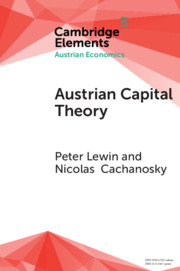Concern over the effects of eutrophication of Loch Leven led to an assessment of the phosphorus (P) loading and the contributions from runoff (from a catchment area of 145 km2), rain on the loch, roosting wildfowl, treated sewage effluent and P-rich industrial waste. Integrated programmes of flow gauging and nutrient analyses on twelve stream systems were carried out at eight-day intervals from January 1985 to February 1986. The paper concentrates on runoff and is restricted largely to total phosphorus (TP) loadings estimated from instantaneous flow and concentration data. The potential for deriving continuous loadings is discussed; examination of instantaneous and continuous discharge figures for a major inflow suggests that the present sampling regime has characterised its hydrological behaviour well. Nearly 90% of the water enters the loch in four streams of 0·1–1·0 m3 s−1 mean flow. The total input of water was high in 1985–134·4 × 106 m3 which is equivalent to a flushing rate of 2·6 (loch volumes); the effect on the loading results of the unusually wet study period is discussed.
Inflow concentrations of TP ranged from <10μg 1−1 to c. 4 mg 1−1; they generally increased with increasing flow but co-efficients of determination (r2 values) were only ≦0·57. Rating curves based on log load/log flow gave, for most waters, r2 values of 0·85, suggesting that load-flow, rather than concentration-flow models, will prove more favourable for predicting loads on non-sampling dates.
The total TP loading in runoff in 1985 was 9·4 tonnes, 38% of which was in soluble reactive form (SRP). Losses of P varied between sub-catchments, with 0·41–1·67 kg TP ha−1 yr−1 and typically <0·25 kg SRP ha−1 yr−1—representing only 5% of the annual agricultural applications of P. Initial calculations of inputs from sewage treatment works and industry suggest that these point-sources together contribute at least as much TP as in runoff, and twice the SRP in runoff. The significance of these findings for P control is discussed.
